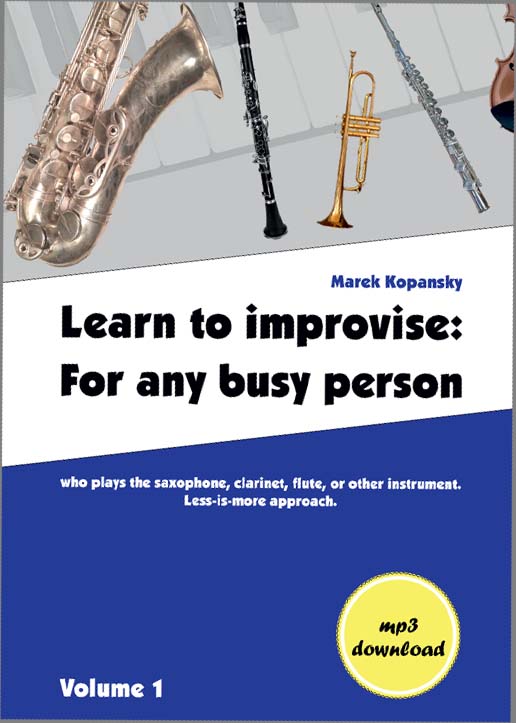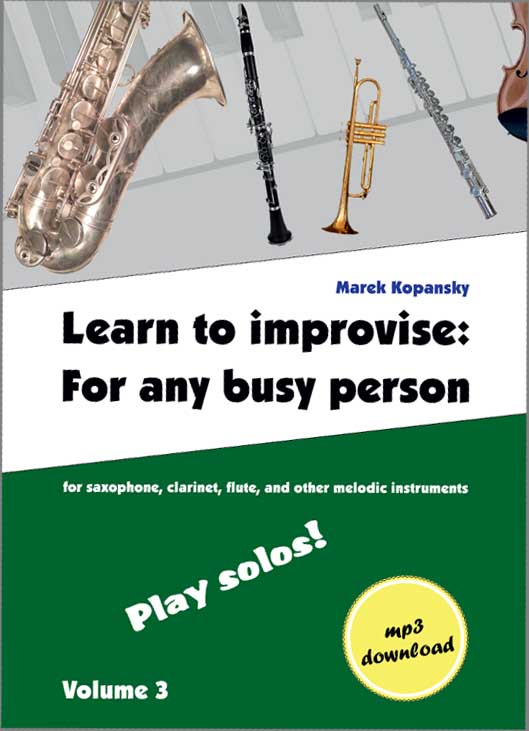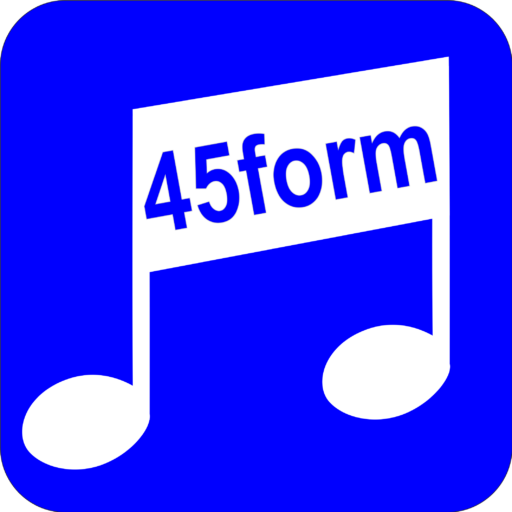Learn to improvise with 4+5 method
The 4 + 5 improvisation method is based on modern theory of harmony, but scaled down to highlight the most important elements.
This improvisation method offers a good compromise for those who want to play good solos but have limited time to practice.

Volume 1
With the 4 + 5 improvisation method used in practice in this book, you can learn to improvise easily. Working through this book, you’ll start with just two notes, and by the time you’ve worked through to the end, you’ll be capable of playing a solo over simple tunes.

Volume 2
Because of the often complex harmony, chords on all 12 notes are used in improvised music. Therefore it is necessary to know all 12 chords for each chord type. This takes a lot of perseverance, but when you have done that, new musical worlds are open to you: then you can not only play music, but also create it yourself spontaneously. That’s a really great perspective!

Volume 3
After you have worked through volumes 1 and 2 of you can now put your skills into practice. In order not to have to start from scratch with your own solos, this volume contains ready-made solos that you can then expand yourself. It is supplemented by preparatory exercises and step-by-step instructions.
